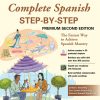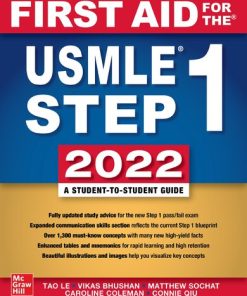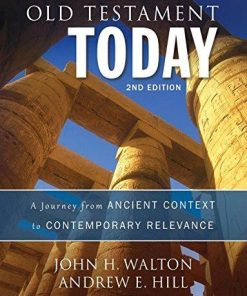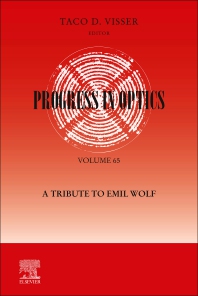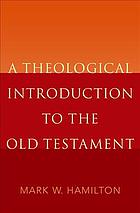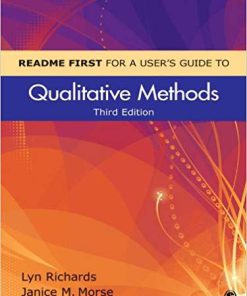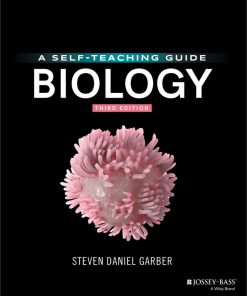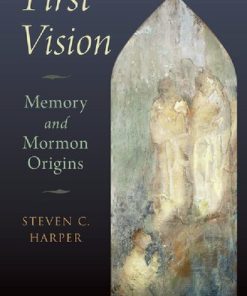(Ebook PDF) A Guide to Old Spanish First Edition by Steven Dworkin ISBN 9780191510984 019151098X full chapters
$50.00 Original price was: $50.00.$25.00Current price is: $25.00.
(Ebook PDF) A Guide to Old Spanish First Edition by Steven Dworkin –Ebook PDF Instant Download/Delivery:9780191510984, 019151098X
Instant download Full Chapter of A Guide to Old Spanish First Edition after payment
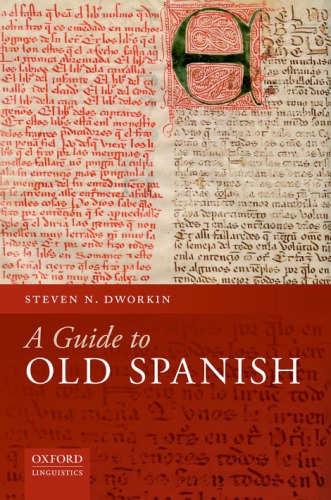
Product details:
ISBN 10: 019151098X
ISBN 13: 9780191510984
Author: Steven N. Dworkin
Table of Contents:
Part I: Linguistic features of medieval Hispano-Romance
- 1: The nature of “Old Spanish”
- 1.1 Language names and chronological scope
- 1.2 Varieties of medieval Hispano-Romance
- 1.3 Latin/Romance: one or two linguistic codes?
- 1.4 Earliest texts in medieval Hispano-Romance
- 1.5 Traces of spoken medieval Hispano-Romance and discursive traditions
- 2: Phonetics, phonology, and orthography of medieval Hispano-Romance
- 2.1 Sources of information on medieval pronunciation
- 2.2 Phonemic inventory
- 2.3 Unstressed vowels
- 2.4 Reduction of vowel sequences
- 2.5 Stress patterns
- 2.6 Old Spanish consonants
- 2.6.1 Stop/fricative allophony
- 2.6.2 The status of /f–/ ~ /h–/
- 2.6.3 Fricatives and affricates
- 2.6.4 Syllable- (and word-)final consonants
- 2.6.5 Vocalic apocope and word-final consonants
- 2.7 Yeísmo
- 2.8 Aspiration of syllable- and word-final –s
- 2.9 Consonant length
- 2.10 Orthography
- 3: Inflectional morphology of medieval Hispano-Romance
- 3.1 Scope of this chapter
- 3.2 Grammatical gender and gender marking
- 3.3 Plural marking
- 3.4 Determiners
- 3.4.1 Definite article
- 3.4.2 Article + preposition contractions
- 3.4.3 Demonstratives
- 3.4.4 Possessives
- 3.5 Pronouns
- 3.5.1 Subject pronouns
- 3.5.2 Object pronouns
- 3.5.3 Adverbial pronouns
- 3.5.4 Indefinite adjectives and pronouns
- 3.5.5 Negative pronouns (and other negators)
- 3.5.6 Relative and interrogative pronouns
- 3.6 Morphological adverbs
- 3.7 Numerals
- 3.8 Prepositions
- 3.9 Verb morphology
- 3.9.1 Conjugation classes and verb stems
- 3.9.2 Past participles
- 3.9.3 Gerunds
- 3.10 Verb stems and endings
- 3.10.1 Present indicative and subjunctive: verb endings
- 3.10.2 Present indicative and subjunctive: stem alterations and allomorphy
- 3.10.3 Imperfect endings
- 3.10.4 “Weak preterits”: endings and stems
- 3.10.5 “Strong preterits”: endings and stems
- 3.11 Synthetic pluperfect
- 3.12 Future: stems and endings
- 3.13 Analytic or compound past tenses
- 3.14 Subjunctive verbal morphology
- 3.14.1 Present subjunctive
- 3.14.2 Past subjunctive
- 3.14.3 Future subjunctive
- 4: Syntactic features of medieval Hispano-Romance
- 4.1 Scope of this chapter
- 4.2 Noun phrase syntax: determiners
- 4.2.1 Articles
- 4.2.2 Demonstratives and possessives
- 4.2.3 Partitive constructions
- 4.3 Issues in word order
- 4.3.1 Subject-Verb-Object (SVO) vs. Verb-Subject-Object (VSO)
- 4.3.2 Placement of nominal direct objects
- 4.3.3 Noun + Adjective vs. Adjective + Noun
- 4.4 Differential object marking (DOM)
- 4.5 Syntax of object pronouns
- 4.5.1 Placement of object pronouns
- 4.5.2 Pronominal duplication/clitic doubling
- 4.5.3 Leísmo, laísmo, loísmo
- 4.6 Verbal syntax
- 4.6.1 Synthetic or simple verb tenses
- 4.6.2 Synthetic and analytic futures
- 4.6.3 Analytic past tenses
- 4.6.3.1 Auxiliary selection
- 4.6.3.2 Participle–object agreement
- 4.6.3.3 Auxiliary + participle vs. participle + auxiliary
- 4.7 Estar + gerund
- 4.8 Subjunctive
- 4.9 Passive constructions
- 4.10 Tener vs. (h)aver
- 4.11 Ser vs. estar
- 5: The medieval Hispano-Romance lexicon
- 5.1 Lexical resources
- 5.2 Scope of this chapter
- 5.3 Lexical strata
- 5.4 Lexical stability
- 5.5 Selected lexical items
- 5.5.1 Nouns
- 5.5.2 Adjectives
- 5.5.3 Verbs
- 5.5.4 Function words (prepositions, conjunctions, pronouns, adverbials)
- 5.6 Doublets
- 5.7 Semantic change
- 5.7 Suffixal derivation
- 5.8.1 Suffixal inventory
- 5.8.2 Suffixal rivalries
- 5.8.2.1 Examples of rival suffixes to form de-adjectival nominal abstracts
- 5.8.2.2 Examples of rival suffixes to form deverbal nominal abstracts
- 5.8.3 Lost suffixal derivatives
- 5.9 Prefixation
- 5.10 Compounding and composition
Part II: Anthology of texts
- Passage 1: General estoria, cuartaparte (c.1280)
- XLV De cómo Drimiden el sabio se guisó e se fue pora Egipto
- XLVI De una primera visión que vío el rey Vafre
- XLVII De la segunda visión que vío el rey Vafre
- XLVIII De la tercera visión que vío el rey Vafre
- XLIX De la cuarta visión que vío el rey Vafre
- L De cómo el rey Vafre fue al tiemplo del sol a tener sus vigilias e fazer sus oraciones
- LI De cómo el rey Vafre preguntó a Jeremías del fecho de Egipto e él dixol que destroída avié
- Passage 2: El conde Lucanor (1335)
- Exemplo tercero: Del salto que fizo el rey Richalte de Inglaterra en la mar contra los moros
- Passage 3: Atalaya de las corónicas (1443)
- Corónica del rey Bamba, sucesor del rey Rescesvinto de los Godos
People also search:
a guide to old spanish pdf
a guide to old english pdf
a guide to spain
guide to spanish accents
a guided tour in spanish
Tags:
A Guide,Old Spanish,Steven Dworkin
You may also like…
Medicine - Clinical Medicine
Uncategorized
Religion & Spirituality - Bible
A theological introduction to the Old Testament Hamilton 0190865164 9780190865160
Politics & Philosophy - Government & Politics
Education Studies & Teaching - School Education & Teaching
Biology: A Self-Teaching Guide, 3rd Edition (Wiley Self Teaching Guides) Steven D. Garber
History - American Studies
Business & Economics - Management & Leadership


